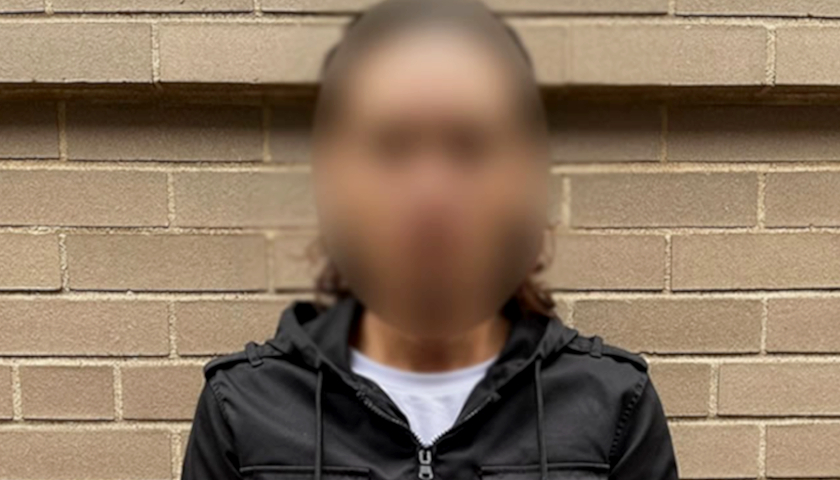Ohio received a little over 51,000 unemployment claims last week, according to the Ohio Department of Jobs and Family Services (ODJFS).
This marks the third consecutive week that unemployment claims have been less than 100,000. Furthermore, the number of jobless claims people have filed has reduced over 40,000 claims in the last two weeks.
The reduced number of people asking the government for help is due to Ohio reopening its economy. By May 15, retail stores, barbershops, restaurants and bars, and personal care services will have opened up. These entities must follow guidelines laid out by the Ohio Department of Health to stay open.
Ohio unemployment claims expect to go down as the state’s economy continues to open. Gov. Mike DeWine said this week that around 90 percent of Ohio’s economy will be open by the weekend, according to the Associated Press.
Almost 1.2 million Ohioans have filed for unemployment benefits over the last two months. Nationally, America has seen over 36 million people file for unemployment during this same time period.
Ohio accounts for three percent of America’s unemployment claims the last eight weeks.
According to WHIO, the ODJFS has handed out over $2.4 billion to more than 587,000 people who filed unemployment claims. This means that only 53 percent of people have received their government-issued paychecks.
The ODJFS announced on Tuesday that Ohioans can apply for Pandemic Unemployment Assistance (PUA), which is a new federal program that covers many more categories of workers than the traditional unemployment program.
PUA will offer up to “39 weeks of benefits to many who traditionally have not qualified for unemployment benefits, including self-employed individuals, 1099 tax filers and part-time workers,” according to the ODJFS press release.
We appreciate everyone’s patience as we diligently worked to build this new system in record time for the agency,” ODJFS Director Kimberly Hall said. “We encourage anyone who believes
they may be eligible to apply. Even after you return to work, you still may be eligible to receive retroactive benefits, dating from as early as February 2.”
– – –
Zachery Schmidt is the digital editor of Star News Digital Media. If you have any tips, email Zachery at [email protected].





